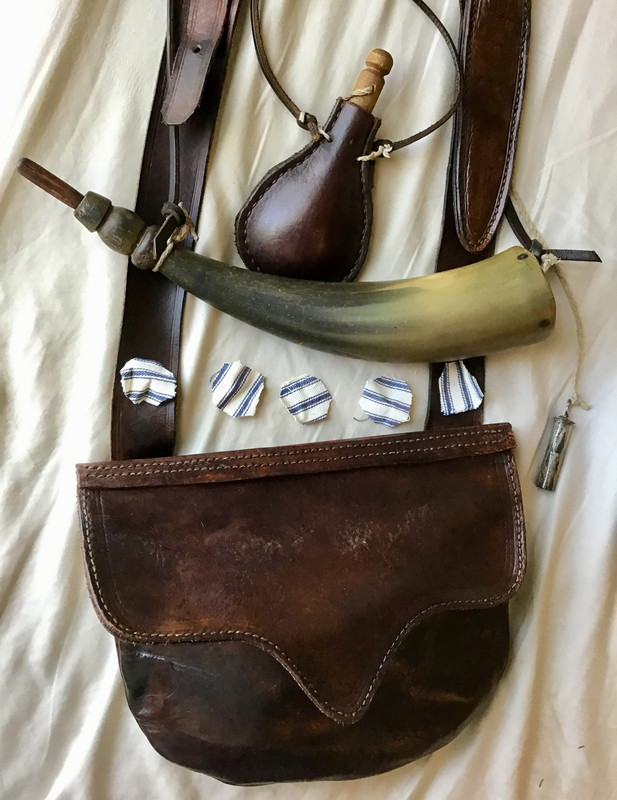So my understanding in this article and conversation is that it turns out to be just a personal preference of the person shooting as to whether they buy pre-cut patches or cut their own and if you choose to start cutting your own what is the recommended cloth to use for cutting patches secondly my question is on thickness everybody says use .015 thickness patch I have been using a 0.010 thickness patch with .490 ball. Would like and respect all reply's l have REALLY got into flintlock hunting and shooting. I often sit and think about all the modern rifles and technology with shooting we have today yet my interest lies in history
My first question is, "Are you getting the accuracy you expect or want from your rifle using a 0.490" ball and 0.010" thick patching?" If the answer is "yes", then you are using the right patch and ball for your rifle. If the ease of loading the ball is what you want, then you are good to use the 0.010" thick patch. If your patches are not showing signs of burn through or shredding, then you are using a good patch.
Most of the members of this forum will recommend you stay away from the prelubricated, precut patches. The lubricant will cause the patches to deteriorate with prolonged storage. If you want precut (store bought) patches, stick with the unlubricated version.
Not everybody says to use the 0.015" thick patch. There's really no one answer fits all applications.
I like to start from the barrel measurements. What is the land to land diameter? What is the depth of the groove? What is the ratio of the land width to the groove width? Narrow lands with wide grooves should require a thicker patch to seal the bore by filling the grooves. Wide lands with narrow grooves require a thinner patch as a lot of material compression takes place on the grooves. I start with a ball 0.010" less in diameter than the land to land measurement. I want the patch material to be a little thicker than 0.005" + groove depth. A compromise for a T/C with 0.500" bore and 0.004" depth of groove comes up with a 0.010" thick patch. If the groove depth was 0.006" then 0.010 to 0.015" will be my recommendation. Sometimes you need a bit more engagement of the ball to the lands, then use a ball 0.005" less than the land to land diameter and use the added compression of the patch to impress on the lands and fill the grooves.
If you want ease of loading, then use a ball 0.015" to 0.020" less than the land to land diameter. The patching thickness of 0.022" duck or canvas will compress easily for ease of loading and accuracy on target will be almost a good as the very tight fitting load. The thick patch holds more lubricant to soften fouling allowing more shots between wiping the bore.
I do believe that wiping the bore between shots helps with ease of loading and holding the fouling in the barrel to a consistent level.
Do get Dutch Schoultz's Black Powder Accuracy system for 94 pages of details on shooting, load development and cleaning of a black powder rifle.
http://blackpowderrifleaccuracy.com/







